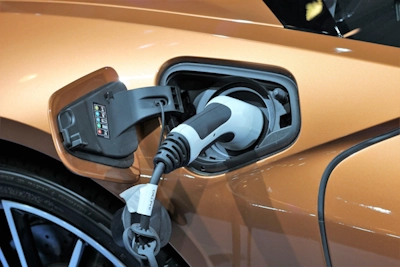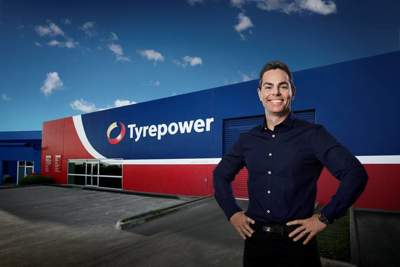If you watch enough motor racing on television, be it Formula 1, MotoGP, World Sportscars, Supercars or just about anything else, you’ll soon hear lots of discussion from the commentators and competitors about tyres.
That’s because tyre performance and longevity is critical to car performance, and ultimately to success or failure in a race.
In categories where there are multiple choices of tyre compound, the strategy behind which tyres are used when, and for how long, often determines the outcome of races and even championships.
So, tyres make a huge difference on the track and the same is true on the road.
If you stop and think about it – and few people would, let’s be honest – the small patch of tyre on each corner of your car is actually the only physical connection you have with the road.
So, it’s pretty important that that ‘contact patch’ (as it’s called in the trade) is as good as it can be.
That means making sure you have the best possible tyres on your car at all times and that they are in the best of health.
With winter upon us, it’s timely to do a health check of your tyres.
Most importantly, check that the tyres are inflated to the recommended pressures for your car, which you’ll find listed in the owners’ handbook or on the tyre placard, which is a sticker usually found on the end of the driver’s door.
Note too that recommended inflation pressures are generally higher when carrying a full load of passengers, luggage, dogs, etc, which is important to remember if you are going away on a mid-winter motoring break.
Next most importantly, check that the tyres have sufficient tread depth … tyres have built-in tread depth indicators which, as a rule of thumb, means that if you can see these clearly, it’s time to get new tyres.
Assuming that the tread depth is also fine, the final check is to examine the tyre sidewalls for cracking, cuts or bulges … again, it’s time for new tyres if these are apparent.
And let’s not forget the spare tyre, if your car has one.
Modern cars often don’t have a spare, or have a skinny solid space-saver spare, or perhaps just a puncture repair kit.
But if your car does have a spare, all these tyre checks also need to be made to the spare as well.
Of course, it’s not just your car that needs to have its tyres checked.
All these tyre inspections need to be made to your caravan, campervan, motorhome, boat trailer or any other trailer tyres.
It’s a fact that the more that tyres have sat around for long periods not being driven on, the more likely they’ll have weathered, deteriorated and might need attention, so it’s important to be thorough with your inspection.
All of this is actually easier than it sounds, and it’ll take 10 minutes of your time at best.
And if you have any doubts or don’t feel comfortable making these checks yourself, go and see your local Tyrepower dealer – they’ll be happy to take a look for you.
I wish we spent only 10 minutes discussing tyres at race meetings!
Keep smiling.
Craig.

























